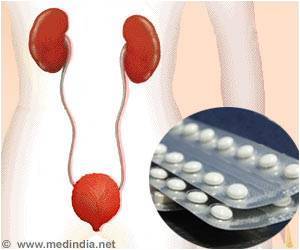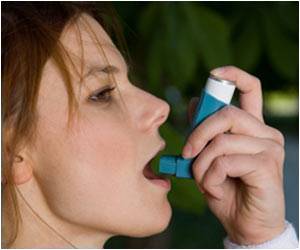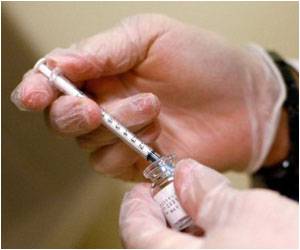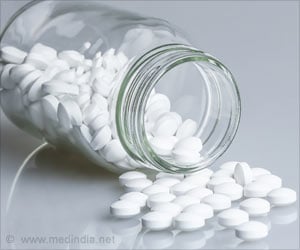Steroid medications inhibit the activity of brown fat, which is the 'good', calorie-burning fat humans and animals have, Australian researchers have discovered.

‘Prednisolone suppressed the function of brown fat after cold exposure and after a meal, conditions that normally stimulate its activity.’





"Steroids stimulate hunger and appetite," Ho said. "Now we find an important second mechanism. Brown fat, which was previously thought to exist only in babies, is an important player in causing obesity by steroids." He and his colleagues found that prednisolone suppressed the function of brown fat after cold exposure and after a meal, conditions that normally stimulate its activity. Brown fat burns energy by acting like a heat generator to keep the body warm, contributing greatly to total daily energy expenditure in regulating body weight.
Their study involved 13 healthy young adults-six men and seven women-with an average age of 28 years. The researchers allocated the participants, in random order, to one week of treatment with prednisolone (15 milligrams per day) and one week of placebo, a dummy drug, separated by a two-week treatment-free period.
At the end of each treatment, participants moved to an air-conditioned room cooled to 66.2°F (19°C). There they underwent nuclear medicine scanning with positron emission tomography-computed tomography (PET-CT) of their head and chest as well as measurement of the skin temperature at the base of the neck, where brown fat is located, using a sensitive infrared thermal camera. This technique provided a precise measurement of heat production from brown fat, according to Ho.
The subjects also had their oxygen consumption measured in their breath via indirect calorimetry before and after eating a standardized meal. Ho said this is an estimate of how much energy a person produces from absorbed food, which traditionally is referred to as diet-induced thermogenesis.
Advertisement
"Our findings pave the way for developing treatments that stimulate the function and growth of brown fat to prevent not only steroid-induced obesity, but also maybe obesity in general," Ho said.
Advertisement















